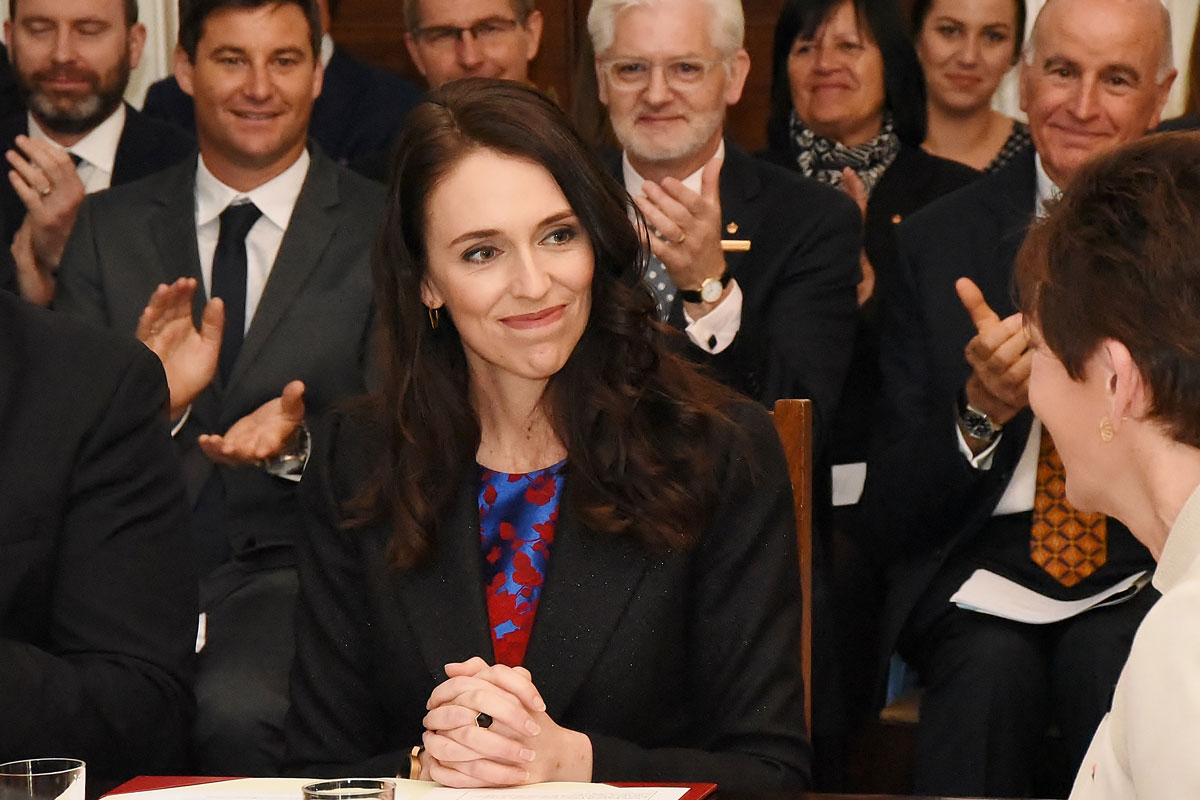What makes a leader truly great? For the most part, it comes down to one thing: your habits.
Strong leadership habits lay the foundation for leaders to thrive. But developing great habits isn’t something that can be done overnight. It takes patience, practice and perseverance. But most of all, it takes willpower. After all, it is much easier executing old habits than it is installing new ones – a big reason why most people don’t tend to change very much.
Many leaders aren’t even aware of their habits and the positive or detrimental effects they can have on their team and their business. Having the privilege of working closely with senior leaders across multiple industries for the past 20 years, I would need to be blind not to notice patterns. You begin to see the leaders who stand out and those that stand back.
You understand why only a small number of leaders make an actual difference. So how do leaders entrench strong leadership habits into the basal ganglia – the part of the brain where behaviours become automatic? There are four key considerations:
Your self-awareness
It is difficult to change a habit if you aren’t aware of it to begin with. And even if you are aware of your habits, you may not fully understand the negative effects they bring with them.
For example, a few years ago I was working with a CEO who was bright, articulate and strategically very strong. However, he wasn’t aware of the impact he was having on his team and board when he presented. His non-verbal communication habits made people-engagement difficult and therefore his ability to influence was greatly diminished. So how does a leader better understand his or her bad habits? The key is asking quality questions (of self and others you trust).
What are my habits? Which ones don’t work for me? What are the benefits I would gain by changing them?
Knowledge equals power when acted on intelligently
Identify keystone habits to develop: Charles Duhigg, in his book The Power of Habit, shares a concept called ‘keystone habits’, which refers to certain habits that can spark “chain reactions that help other good habits take hold”.
Many leaders have cited strong morning routines (which may include some form of exercise and meditation) as one example of a keystone habit that sets up for a successful day.
Other leaders cite journaling, stand-up meetings and a strong focus on priorities as being the catalyst to inspire better habits. When Paul O’Neill became the CEO of Alcoa, he made safety the keystone habit that was going to underpin business success, stating he would make Alcoa ‘the safest company in America”. When he left the organisation, the value of Alcoa stock had increased by a factor of five.
“You can’t order people to change. That’s not how the brain works. So I decided I was going to start by focusing on one thing. If I could start disrupting the habits around one thing, it would spread throughout the entire company,” said Former Alcoa CEO, Paul O’Neill.
Choose one habit
Is it possible to change a number of habits all at once? Absolutely, but the chances of sustaining them is much more difficult. That is why I recommend picking one habit, ensuring it is properly embedded before moving on to the next one.
A strong habit-change approach
There are many ways to tackle a bad habit. Some ways work, many don’t. The four pillars of the habit shift model have the essential elements for sustainable change. The first pillar towards shifting a bad habit is having reason(s) to change.
The greater the reasons, the greater the change-making power you possess. The second pillar is around belief. Your subconscious mind is immensely powerful and, for change to take place, you need to believe you can change. This pillar is often not given the attention it needs.
The third pillar deals with focus. This involves understanding habit triggers and redirecting focus away from the payoffs of keeping the bad habit to the benefits of installing the new habit.
Lastly, the final pillar is all about action. What practical steps will you take to embed your new habit? This last step requires discipline and perseverance to entrench the new habit into the subconscious mind.
The best leaders continuously improve. They ask quality questions about their performance and are happy to change their habits to deliver better results. So which habit will you commit to changing in the next 30 days?
Read next: Dire habits of highly ineffective leaders who always fail







